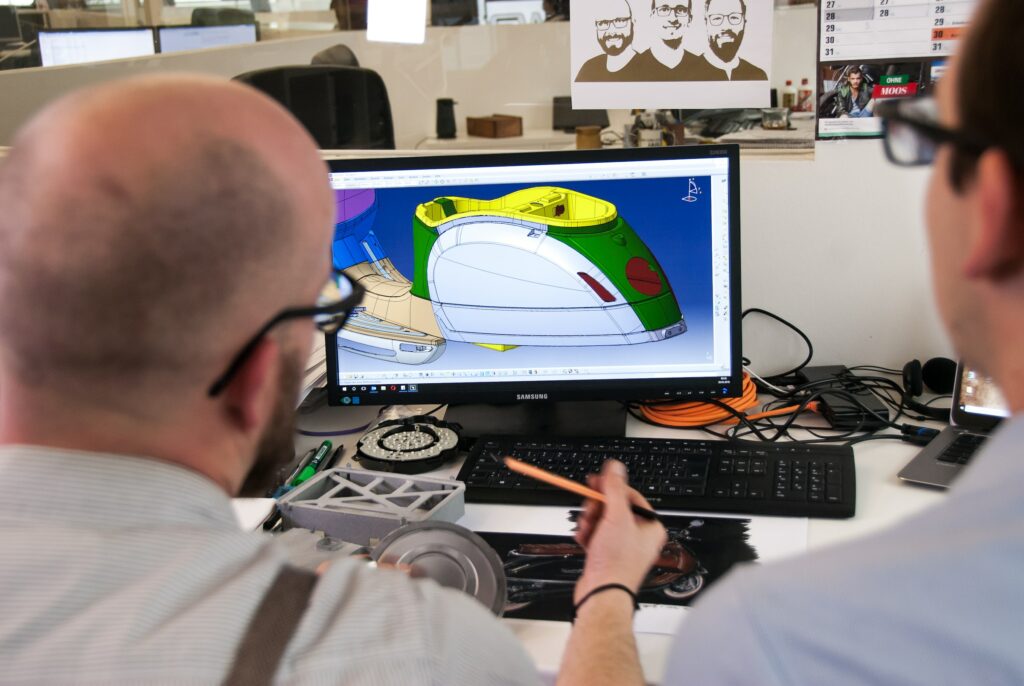Web-Based 3D Models: A Revolution in AEC

About 3D Model Viewers
When we discuss 3D model viewers, we mean software that can enable interaction between a user and 3D geometry. However, this is a broad definition. Let’s see how we can narrow it down into the many different flavors out there.
Desktop and web-based 3D viewers
Usually, we use 3D viewers in the shape of desktop apps varying in complexity and the level of knowledge required. Users have the ability to generate, modify, and display 3D geometry for a wide variety of applications and sectors. These include building designs, constructed models, manufacturing components, automotive, healthcare, gaming, and film/animation industries, among others.
Many companies are working in this area. This is especially true with the growth of AR/VR apps. Additionally, there has been initial progress on concepts like the Metaverse and NFTs.

In the AEC Industry, many standard use cases like working with BIM models, editing parametric data, or creating complex geometries, are hard to achieve or require dedicated software and hardware. The on-site retrieval of models and their corresponding data is complicated because of the non-compatibility among various platforms, systems, and data sources. Consequently, it becomes a hurdle to obtain the required models and their related data. This issue stems from the absence of a straightforward method to guarantee consistency among diverse platforms, systems, and data sources.

In our particular case, we like to help encourage easier usage and interaction for users to view, edit and share their 3D models. Here, web-based viewers come in, where they can do everything aforementioned (and maybe more!) from a desktop or mobile browser without installing anything.
Sounds magical, right? Well, it is all a matter of engineering. We believe the real deal and the more extensive benefits come from making full use of BIM in that environment, which means leveraging accessing the geometry and the data associated with model elements—clicking on a component and seeing its parametric data. Manufacturer, cost, delivery date, weight, thermal efficiency. You name it.
The potential impact
You can imagine having your BIM model data accessible from anywhere has several tangible side effects. Anywhere, because who doesn’t have a smartphone these days?
For example, a direct connection between the field and the design offices, better, more precise models from easier interoperability between different platforms, better communication and collaboration between teams, and others!
Going back to the BIM user case, try this out:
Play a bit with this BIM model.
Click on the objects, and see the parametric data associated by clicking on the Properties button.
Look at the dashboard, which displays data from the model itself.
Imagine the possibilities of having your data fully available, and seamlessly integrated. As you probably know, BIM models are like databases, where every element holds parametric data with standard and custom information depending entirely on the user and their workflows.
This simple model with sample data from BIM360 uses libraries like Forge and Chart.js. As technology advances, experimenting with new implementations and creating new products has become easier and more efficient.
Many exciting platforms and libraries like Unity, IFC.js, three.js, and others exist. Some leverage each other and sometimes implement other lower-level technologies like WebGL. We’ll expand on this in future posts, so stay tuned!
Conclusion
It sounds somewhat complicated to think about the right technologies and know your way around them to implement what you need successfully. And, to be honest, it has its difficulties.
That’s where we come in, assisting in the decisions and developing the best possible solution for your specific use case, building it together with you.
Tons of technologies exist out there which we can combine in different ways, and some cases, new ones to develop. However, there’s no need to reinvent the wheel! For the reasons mentioned, web-based solutions are making BIM data more accessible.
Have you used any 3D viewing technology, whether desktop or web-based? Did it meet your needs?
*Images from https://unsplash.com/
Francisco Maranchello
A proactive entrepreneur at heart who constantly seeks new challenges. As an Architect who codes, I have broadened my skill set through a passion for technology and innovation. I believe technology is the future of architecture and the built world. Always learning and leveraging cutting-edge technologies to seek new answers, I bring a holistic approach when facing new challenges.
